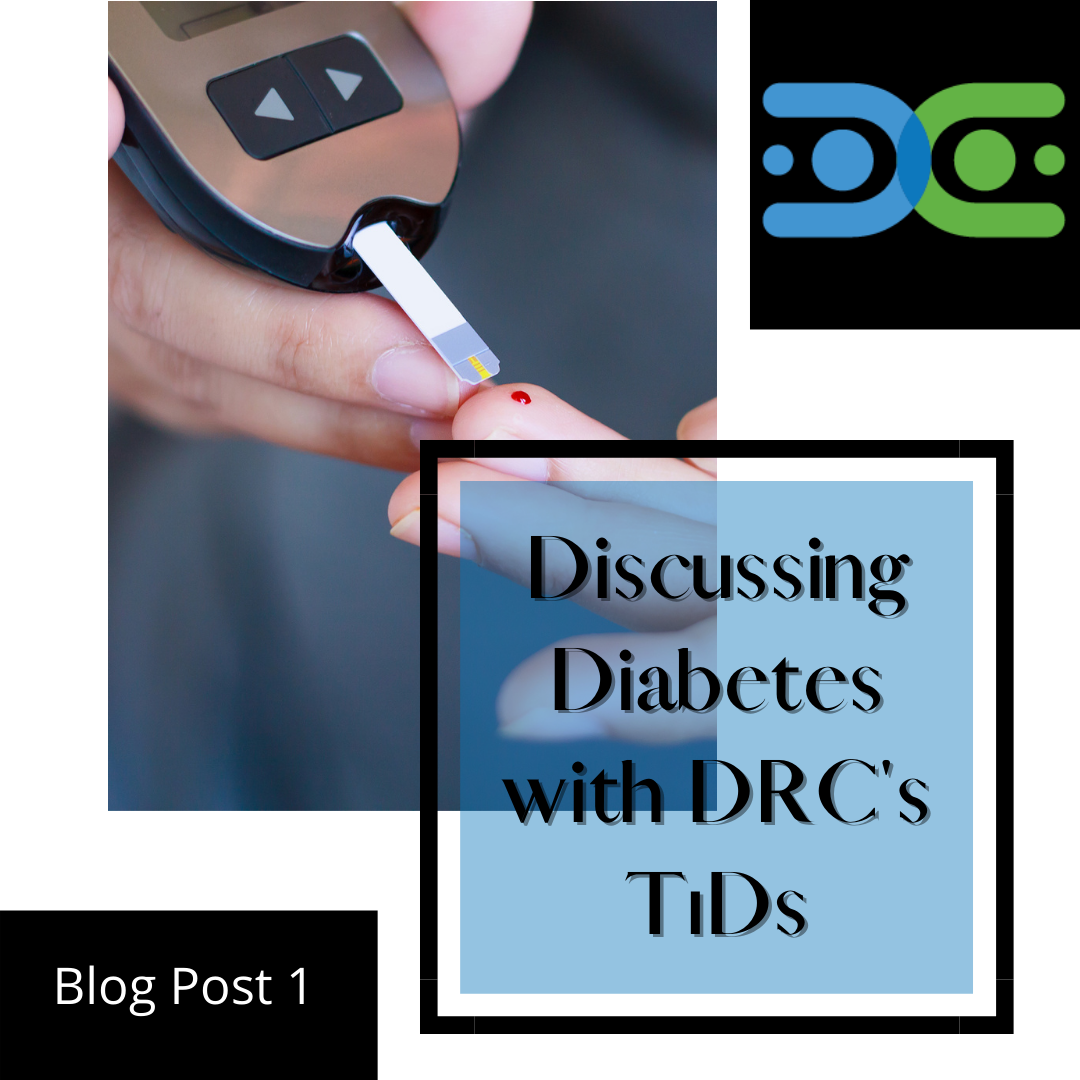*DRC will begin a new campaign where those with type one diabetes (T1D) in the DRC community will share their thoughts and personal anecdotes in response to lifestyle articles related to T1D care and management*
When I read Melissa Engel’s article “10 Ways the Pandemic Parallels “Normal” Chronic Illness Life,” I was nodding my head up and down the entire time. I find it hard to explain type one diabetes (T1D) to someone who doesn’t have it. Although this article summarizes the similarities between any chronic illness and the feelings individuals are experiencing during the pandemic, I think this could help bridge the gap for some people who try to sympathize with a T1D. After reading the article, I found that I most resonated with number 2, “Stocking Piling Supplies,” number 3, “Eternal uncertainty,” and my personal “favorite,” number 9, “Bleak Burnout.”
I remember when this pandemic started, I was less concerned with having enough toilet paper and more concerned about if I was going to end up having to pull a Nicole Kidman in “The Invasion” and break into a pharmacy to find what I would need to survive. I am almost positive every type one diabetic has had the thought, “How long could I go without insulin before I die?” or something resembling that remark. Apocalyptic movies are hard for me to stomach when there are just so many adverse outcomes for what could happen to me if I couldn’t access my medication: I could die of ketoacidosis; I could die a low blood-sugar that resulted in a seizure with no glucagon shot available; I could die since insulin is bound to expire. The consequences are limitless, and I generally steer away from those thoughts as they tend to spiral.
I believe Melissa truly hit the nail on the head with number 3, “Eternal Uncertainty,” when she used the words “Lack of Control and Predictability”. The only thing I am certain of is the uncertainty of T1D. I could be 125 at 8 AM, have the perfect dose of insulin for breakfast, encounter one negative email that gave me anxiety, and at lunch, I end up being 300. I could have a perfectly working pump site and go to work feeling good, but then 3 hours later, I test and find out I am 400 with ketones because of a site kink. It’s like being on a never-ending roller coaster and wanting to get off, but you are gaining speed and stuck on the ride till it slows down for a bit, only to start again. Luckily, T1D is manageable with our latest technology and gives one a sense of control.
Lastly, number 9, “Bleak Burnout.” We’ve all been there – the moment when you say, “I am done.” I am done testing my blood sugar. I am done counting my grams and taking insulin shots. I am done being treated differently from everyone around me. I am just done. For some T1Ds, this looks like giving up for a day and dealing with higher blood sugar than usual. For others (myself included), that is deciding to stop taking insulin altogether and dealing with the consequences in hopes of finding relief. Unfortunately, a T1Ds “normal” is managing the disease, or you end up with permanent complications. Bleak burnout comes and goes, the only thing that truly helps me fight it is the diabetic community I surround myself with, and the knowledge that organizations like Diabetes Research Connection are funding research for a cure so that maybe in my lifetime, I can feel a different kind of bleak burnout.
This blog was written by Hannah Gebauer, DRC’s Development Assistant, who has had T1D for 17 years and is responding to the article, “10 Ways the Pandemic Parallels “Normal” Chronic Illness Life.”





